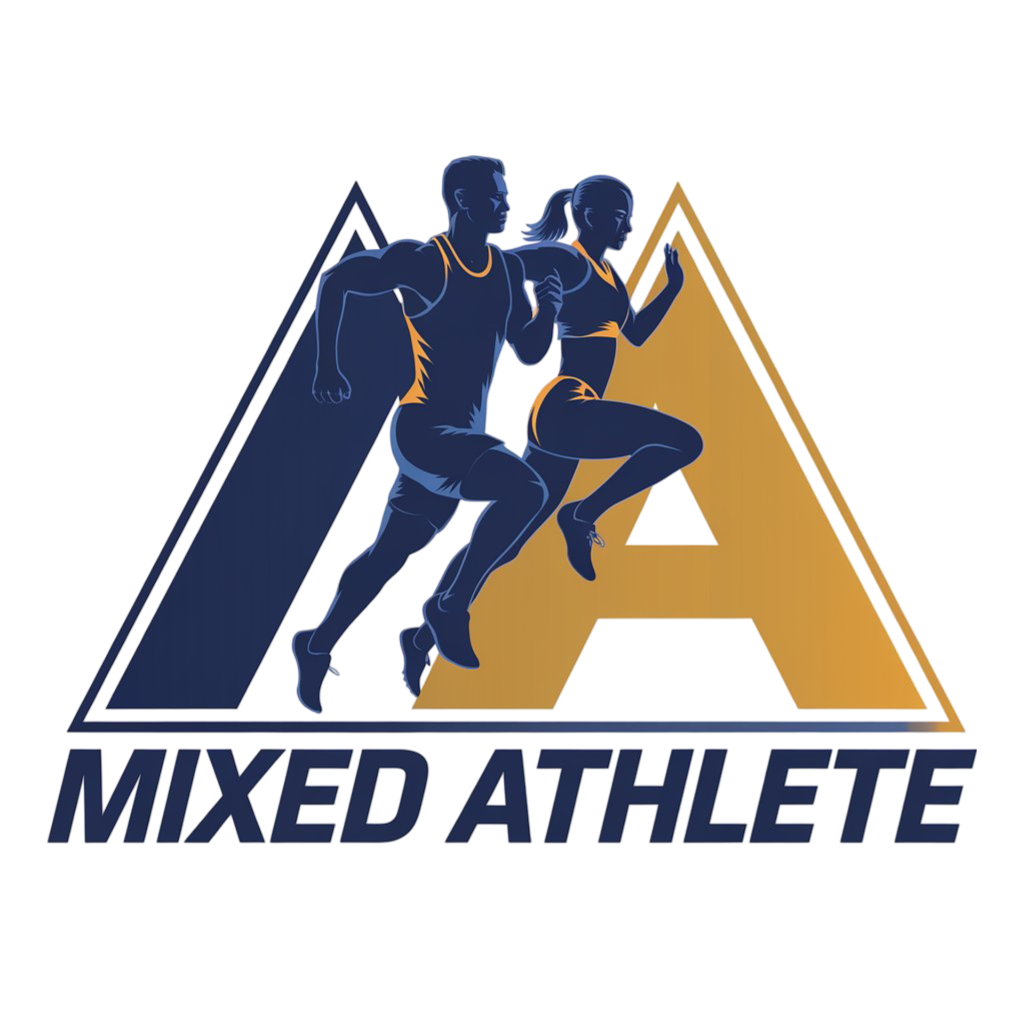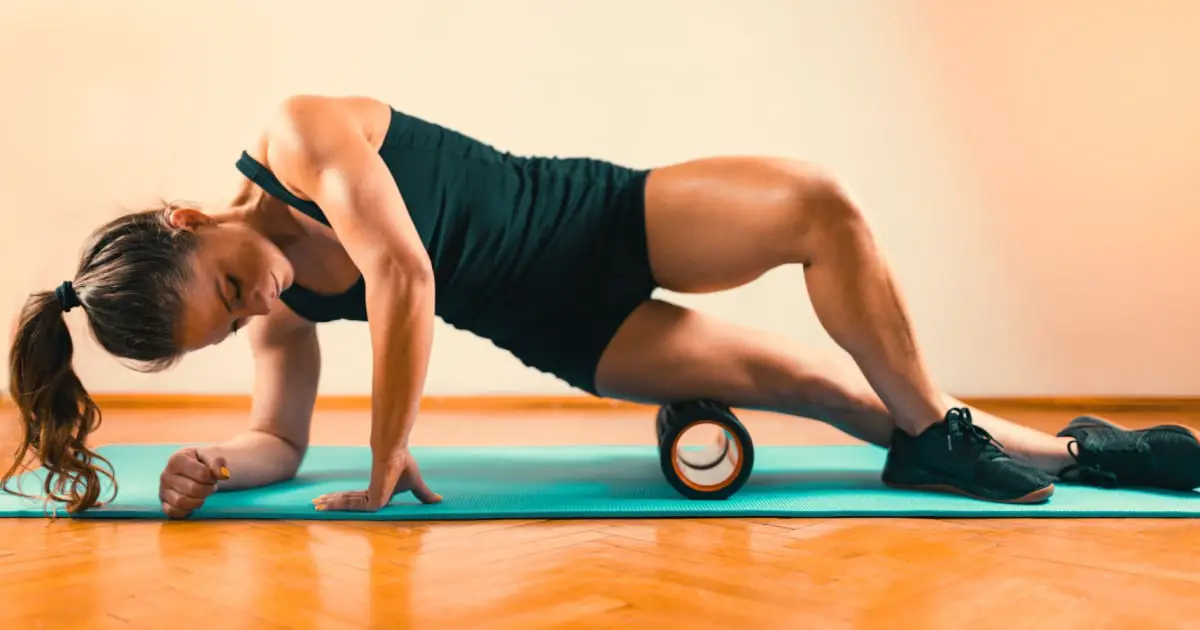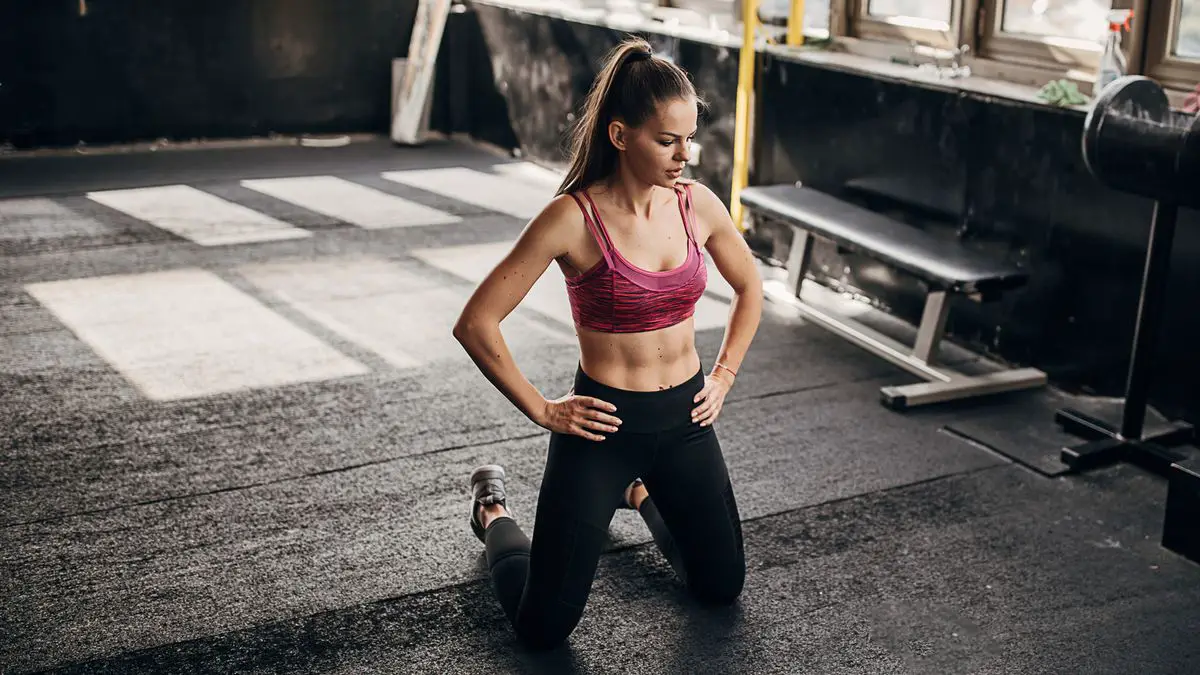Foam rolling is a treatment that helps speed up recovery from muscle soreness and tightness. It’s also a popular method for self-myofascial release, which is a deep-tissue massage that can help with breaking up myofascial adhesions, or trigger points, says John Gallucci Jr., a physical therapist and CEO of JAG Physical Therapy. “This technique is a cost-effective way to give yourself a deep tissue massage before or after a workout,” he says. You can also use a foam roller to relieve muscle tension and soreness after hours of sitting during work or stress on the job.
To help you determine the best foam roller for your needs, I spoke with personal trainers, physical therapists and chiropractors about how to safely use and shop for one, and highlighted their personal recommendations.
SKIP AHEAD How I picked the best foam rollers | The best foam rollers to shop | Why trust NBC Select?
How I picked the best foam rollers
Foam rollers come in various sizes and densities, so choosing one that’s right for you is crucial to safe and effective sessions.
- Size: Make sure you’re choosing the right size and shape for the body part you are targeting. A long roller can be used for many different body parts, like your back and legs, while shorter ones should be used when targeting smaller areas, such as the calves or arms, says Gallucci.
- Density: If you’re just starting out, experts recommend choosing a softer roller, which uses less pressure and gives your muscles a chance to adapt. Gradually, you can progress to a denser roller. The easiest way to test the density is to squeeze the roller. Rollers are also sometimes color coded to indicate density, with the lighter colors being softer and the darker colors being the hardest, says Gallucci.
- Texture: A beginner would likely benefit from a smooth roller with no texture in order to provide even pressure across the entire length of the roller, experts say. Textured rollers, which usually have ridges and knobs, can create a more targeted massage to break up adhesions in the muscle and are better for more experienced rollers, says Gallucci.
Want more from NBC Select? Sign up for our newsletter, The Selection, and shop smarter.
Best foam rollers of 2024
Below, I compiled expert-recommended foam rollers to consider based on various use cases and experience levels. I also listed foam rollers our NBC Select editors have tried and loved.
Best overall: Roll Recovery Foam Roller
This won an NBC Select Wellness Award for best overall foam roller due to its unique design — the grooves are tough and sturdy, which helps relieve muscle tension and soreness after a workout or sitting for long hours, according to our reviewers. “My boyfriend has sciatica, or nerve pain, and this foam roller did a really good job of helping them stretch out and align their lower back,” says NBC Select editorial assistant Ariadne Night. The roller has a center groove for an even deeper massage that helps properly align your spine and neck and promote better posture while you use it, according to the brand.
Best textured: Lululemon Double Roller
The Lululemon Double Roller is another NBC Select Wellness Award winner due to its versatility. There is a smaller roller inside with a deeper ridge design, which our editors love. The exterior roller is best for use on arms and legs, while the interior roller is ideal for back tension, according to the brand. I love using this foam roller when I’m sore from my workouts because the ridges help to ease tension in my legs, back and shoulders. It’s also very lightweight, so I can take it on-the-go when I need it.
Best durable: LuxFit Foam Roller
This foam roller comes recommended by Allen Conrad, a certified strength and conditioning specialist and the owner of Montgomery County Chiropractic Center. “Many foam rollers seem to wear down after using them a few times, but the Luxfit one is more durable for repeated use,” he says, adding that it’s good for large muscle groups like the hamstrings and quadriceps. Its smooth surface also repels liquid for peace of mind while working out, according to the brand.
Best for athletes: TriggerPoint Grid Foam Roller
The TriggerPoint GRID roller is a good option for athletes, according to Conrad. It has a hollow center that makes it flexible enough to move with your body and a firm, contoured design that can withstand up to 500 pounds of pressure, according to the brand. (Due to the firmness and ridges on the roller, Conrad doesn’t recommend it for beginners.)
Best vibrating: Hyperice Vyper 3
If you’re looking for a more intense foam rolling experience, consider this vibrating foam roller from Hyperice. It has a similar rounded, contoured design as other foam rollers on this list, but comes with three speeds of high-intensity vibrations to massage away tension and loosen up muscles. I use this roller after I do more high-intensity workouts like HIIT to get a better, deeper massage on my legs and arms. (However, keep in mind the vibrations can be very intense, and it’s tough to use the highest speed, in my experience.) You can also pair the roller to the Hyperice app, which provides guided sessions, helps you monitor your progress and more.
Best stick: Tiger Tail 18in Massage Stick Portable Roller
This Tiger Tail foam roller has non-slip grip handles on either side that can help you guide the roller exactly where you’re targeting and allow it to glide back and forth on the muscle with good stability and pressure, says Conrad. Because of its firmer feel, this roller can soothe tight thighs, hamstrings and quadriceps, as well as pinpoint stubborn sore muscle areas and get rid of chronic muscle tightness, he says. It comes in three sizes: 11 inches, 18 inches and 22 inches.
Best for trigger points: Rollga ISO Roller
“If you’re looking to add more pressure to the muscles, using a roller with edges and grooves can provide more intensity,” says certified strength and conditioning specialist Kristina Jennings. She recommends this one from Rollga, which has multiple grooves to provide a contoured fit to the body and make it easier to target trigger points, according to the brand. It’s also made from professional-grade EPP foam, which can hold more than 2,000 pounds, according to the brand.
Best with ridges: Rumble Roller Foam Roller
The Rumble Roller, another recommendation from Jennings, is a firm textured roller with flexible bumps that continuously knead the affected areas of your body, according to the brand. The bumps are less than two inches apart, so you get a good amount of massaging pressure. The foam roller is also water-resistant and repels dirt, according to the brand.
Best budget-friendly: Amazon Basics High-Density Round Foam Roller
If you’re looking for a more affordable foam roller, this one has a flat surface to provide gentle pressure, making it a good place to start for someone new to foam rolling, says Jennings. It comes in sizes ranging from 18 inches up to 36 inches. With the longer length, you can work on larger body areas like the hamstrings and back of both of your legs, says Conrad.
Meet our experts
At NBC Select, we work with experts who have specialized knowledge and authority based on relevant training and/or experience. We also take steps to ensure all expert advice and recommendations are made independently and without undisclosed financial conflicts of interest.
- John Gallucci Jr. is a physical therapist and CEO of JAG Physical Therapy.
- Allen Conrad is a certified strength and conditioning specialist and the owner of Montgomery County Chiropractic Center.
- Kristina Jennings is a certified strength and conditioning specialist and performance coach at Monarch Athletic Club in Los Angeles.
Why trust NBC Select?
I’m an updates editor at NBC Select who has written a variety of articles across skin care, wellness, home and kitchen. For this article, I spoke with three fitness experts about what to look for when shopping for the best foam rollers, including recommendations on their favorite products.














